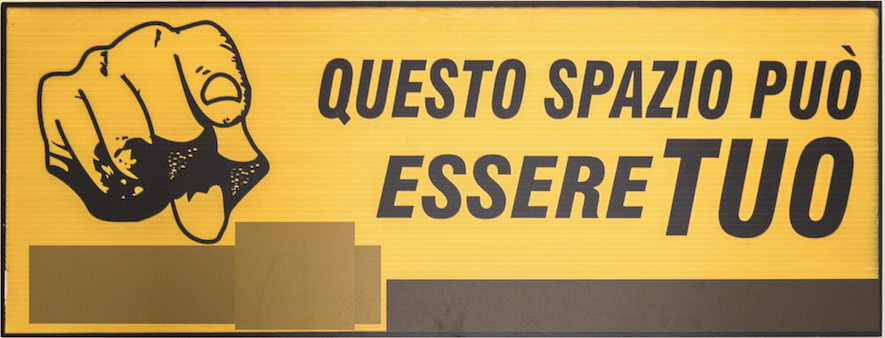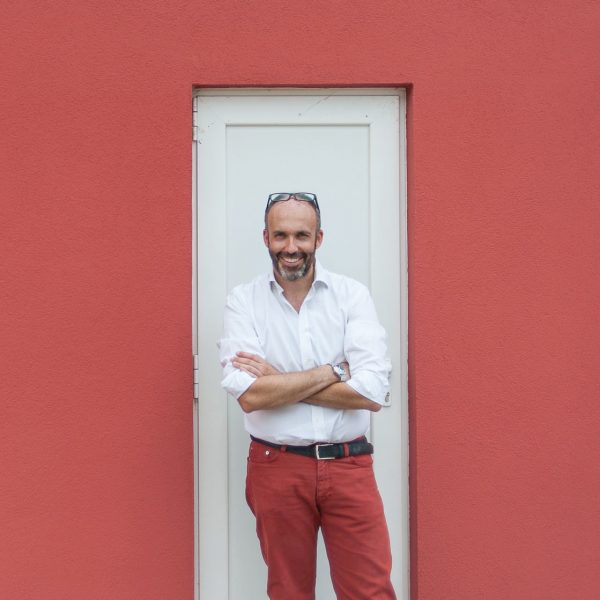Maurizio Ciancia è nato nel 1978 ed è cresciuto a Tuscania prima di trasferirsi a Udine dove vive e lavora. Autodidatta, ha scelto la fotografia come consapevole mezzo d’espressione. Dal 2016 si dedica unicamente a lavori di ricerca incentrati sulla sua personale concezione dello Spazio e del Vuoto. Tra i principali eventi espositivi: “Vedere Oltre”, Motta di Livenza, 2017; Maravee Fiction “Come se…”, Castello di Susans, 2018; Trevignano Fotografia “Sperimentalismi”, 2019; Cluster Photography&Print – London, 2020.
E' tra i finalisti della quindicesima edizione del Premio Arte Laguna e le opere selezionate sono state esposte all'Arsenale di Venezia.
Nel 2021 è stato selezionato tra i finalisti del Festival Desidera vincendo anche il primo premio nella categoria Fotografia e Digital Art.
Collabora con la galleria MARCO CODOGNOTTO di Udine e con CLUSTER LONDON, Londra.
The subject of my research is EMPTINESS, which I try to picture by means of the metaphor of SPACE.
This Emptiness I refer to is a “matter-free” place and cozy where to find peace and quiet, balance and harmony, thus not being lack or absence but ability to contain and embrace. It’s an independent dimension from all such external inputs, which fill our routine. It’s an independent dimension where you can imagine time suspension. Space is a useful metaphor to represent these places and my perception and need. It’s a tangible concept, aimed at giving concrete aspect to my research. Research that I carry out without abstracting from the reality, by observing the urban and industrial architecture, where I recognize common spaces to transform into my Space
Clear images, apparently looking bi-dimensional, and the minimalist style are functional to my language, as they can show the essentiality of this intimate and interior dimension that I try to picture in my photographs.
This essentiality being a personal approach to reach the balance: not actually a surrender, but the recognition of excess and its consequent relief.
The choice of the contexts is instinctive, as my perception is key. I need clarity (thus a limited number of elements), to represent Emptiness, as well as a minimum number of elements to show order, meaning selection, i.e. selection and initiative.
The way they are laid out creates balance or movement, nothing is left to chance. The range of tones, the proportions of the shapes, they all contribute to this general balance.
I observe the Emptiness and I represent it by means of a concept of Space which I try to make “full enough” in order not to feel any lack whatsoever.
The installation aspect has become a paramount element of my language: it’s as the images, in their bi-dimensional, without perspective essentiality, were enriched by a further dimension. The constituent installations (diptych, triptych or polyptich) where I display my photographs are born from a detailed analysis in order to create interesting connections among the images: the alteration of the horizon, the links between shapes and colours generate a complex space and abstract where the single artworks become tiles and where it is no longer a priority to know where the top and the bottom are.
A visionary space, abstract yet directly connected to the reality.
Maurizio Ciancia
Maurizio Ciancia was born in 1978 and raised in Tuscania, before he moved to Udine where he now lives and works. Self educated, he has chosen photography as an aware means of expression. Since 2016 he has solely been focusing on research work centered on his personal concept of Space and Emptiness. Among his main exhibition events: “Vedere Oltre”, Motta di Livenza, 2017; Maravee Fiction “Come se…”, Castello di Susans, 2018; Trevignano Fotografia “Sperimentalismi”, 2019; Cluster Photography&Print – London, 2020.
He is among the finalists of the fifteenth edition of the Arte Laguna Prize and the selected works have been exhibited at the Arsenale in Venice.
In 2021 he was selected among the finalists of the Desidera Festival, winning also the first prize in the Photography and Digital Art category.
He collaborates with the Art Gallery MARCO CODOGNOTTO in Udine and CLUSTER LONDON, in London.

